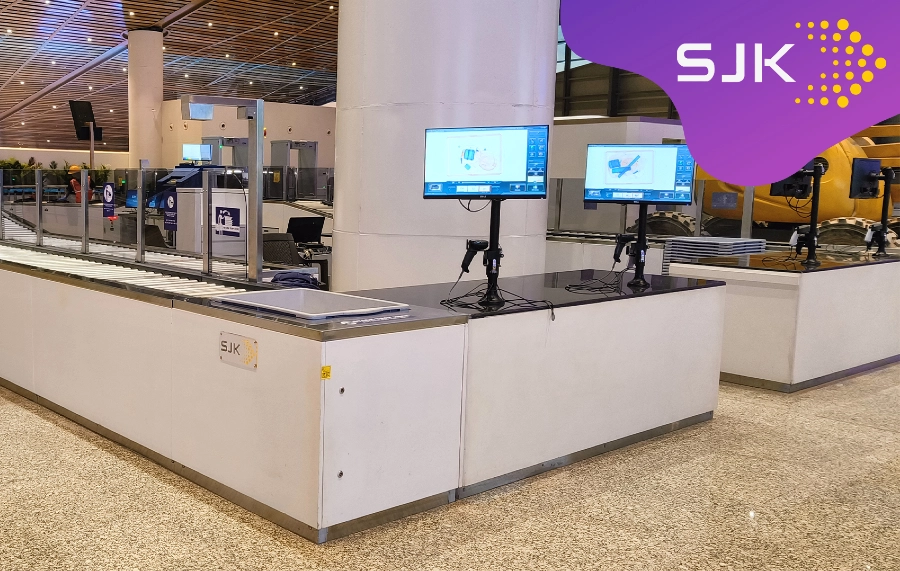Automated Tray Retrieval Systems in Airports
In the fast-paced world of air travel, time is of the essence. Passengers are always looking for ways to simplify their journey through airports, from check-in to security screening. One of the major technological advancements that has revolutionized the airport experience is the introduction of Automated Tray Retrieval Systems in security checkpoints.
Traditionally, airport security involved a manual process where passengers had to place their belongings in plastic trays before passing through the X-ray scanner. After screening, individuals had to collect their items from the end of the conveyor belt, often causing delays and congestion. The Automated Tray Retrieval Systems, however, provide a more convenient and efficient solution to this problem.
These systems use advanced robotics and artificial intelligence to automate the tray retrieval process. As soon as passengers complete the security screening, the trays are automatically transported back to the start of the line, ready for the next set of belongings. This seamless cycle not only speeds up the screening process but also reduces stress and hassle for travelers.
One of the major advantages of Automated Tray Retrieval Systems is their speed. With traditional manual retrieval, there is a dependency on passengers to quickly collect their items, leading to occasional hold-ups. Automated systems, on the other hand, continuously cycle trays, ensuring a steady flow through the security checkpoint and eliminating the bottleneck.
Furthermore, these systems contribute to improved security measures. By automating the tray retrieval process, security personnel can focus more on monitoring the X-ray images and identifying potential threats. This redistribution of tasks enhances the overall effectiveness of security screening, making air travel safer for all passengers.
The implementation of Automated Tray Retrieval Systems is in line with the broader trend of airport digitization. Airports are increasingly adopting cutting-edge technologies to enhance the passenger experience and optimize operational efficiency. Automated systems not only reduce human error but also contribute to a more hygienic environment by minimizing the number of people who handle the trays during the screening process.
From a passenger's point of view, the benefits are clear. The time saved at security checkpoints translates to a smoother, more enjoyable travel experience. Shorter lines and faster processing times help reduce stress levels, especially for those with tight connecting flights or early morning departures.
However, like any technological advancement, the implementation of Automated Tray Retrieval Systems has its challenges. Initial costs, potential technical glitches, and the need for comprehensive staff training are factors that airport authorities must consider. Despite these hurdles, the long-term benefits in terms of efficiency, security, and passenger satisfaction outweigh the initial investment.
In conclusion, Automated Tray Retrieval Systems are a significant step forward in airport security and efficiency. As air travel evolves, embracing innovative solutions like these becomes essential to meet the increasing demands of passengers worldwide. Thanks to the seamless integration of automation in the airport experience, the days of frustrating delays at security checkpoints may soon become a thing of the past.

As SJK Innovations continues to spearhead technological advancements in airport management, the Automated Tray Retrieval Systems stand as a testament to their dedication to innovation. The potential for increased safety, efficiency, and overall passenger satisfaction is significant, paving the way for a future where air travel is not only secure but also remarkably convenient. In embracing ATRS technology, airports can look forward to a harmonious blend of cutting-edge solutions and enhanced customer service, ultimately shaping the future of travel for generations to come.

